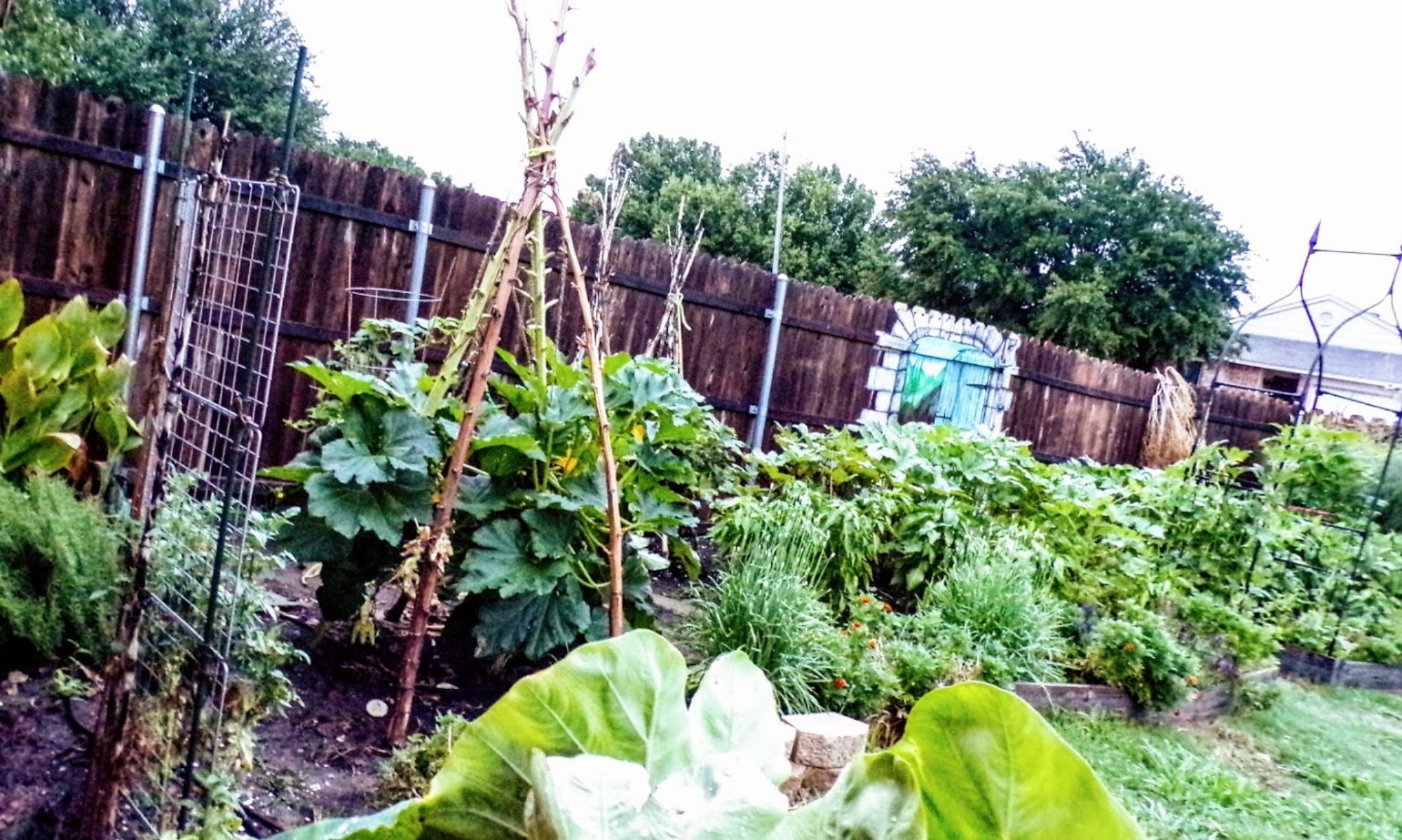Your walking around the garden looking at the all the beauty and notice this white powder that looks like its floating across your leaves. What is that? Well if you have had lots of rain, lots of humidity or have plants growing in a tight spot then you are more than likely dealing with powdery mildew.
About Powdery Mildew
Powdery Mildew is a fungal disease that actually has several different strains. Figures it would want to ensure it is available to a wide variation of plants! It is most active in temperatures that range from around 68 to 90 degrees nights being the cooler of the range. This means one will find it more often in their spring and fall beds which is right where my issues are showing up! It’s also more often to show up during heavy rainy periods with high humidity.
Because there are multiple strains you will not always find it spreading; however, if you have like families of plants together watch out. It can take over quickly if not cared for. For example if you plant your Cucurbita together (Squash, Pumpkin etc) what ever strain hits one will quickly spread to the next.
What is on your Zinnias (another plant that is susceptible) will not effect your roses It will however effect other plants that are members of the same composite family. Powdery Mildew is air born so be careful when removing effected leaves and never place them in your compost.
Easy Tips for Managing Powdery Mildew
- The most common recipe is Baking Soda(1 tbsp); Dish-washing soap (2 tsp) and one gallon of water. Spray this on your plants when the sun is low so as not to burn them. Baking soda can also be strong for some plants so test them one day and check them the next before full application. Adjust the tbsp down accordingly to 1/2 tbsp if needed.
- Neem Oil, the pure organic cold pressed oil not what is pre-mixed, is also great. Mix 1 tsp in with your baking soda. You can also substitute Neem Oil at 2 tsp in place of baking powder.
- Milk has been reported to help stop the growth of powdery mildew. I have not tried this recipe. I plan to test it out this month with the issues I have going on right now. I will update on that result! Mix is 60/40 with milk at 60%.
Associated Articles
Visit Oma’s Store Front!









You must be logged in to post a comment.